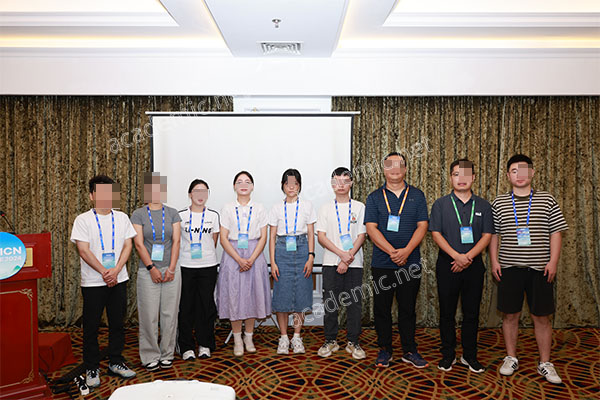Conference Planning: From Call for Papers to Presentation
Organizing a successful conference involves several crucial steps, each integral to creating an engaging and informative event. This guide walks you through the process from the call for papers to the final presentations.

Step 1: Call for Papers
The call for papers (CFP) is the initial step to gather contributions from researchers and professionals. A well-crafted CFP should include:
• Clear Guidelines: Outline the topics of interest, submission deadlines, and formatting requirements.
• Submission Platform: Use a reliable platform to manage submissions efficiently.
• Wide Distribution: Share the CFP across academic networks, social media, and relevant forums to maximize reach.
Step 2: Review Process
Once submissions are received, the review process ensures quality and relevance:
• Peer Review: Engage experts in the field to provide unbiased evaluations.
• Criteria: Assess based on originality, significance, and clarity.
• Feedback: Offer constructive feedback to authors for improvements.
Step 3: Final Selection
After reviews, select the papers that will be presented:
• Balanced Program: Ensure a diverse range of topics and speakers.
• Notification: Inform authors about acceptance or rejection, providing feedback.
Step 4: Preparing Presentations
Assist speakers in preparing effective presentations:
• Guidelines: Provide instructions on presentation length, format, and technical requirements.
• Rehearsals: Organize practice sessions to refine delivery and timing.
Step 5: Conference Execution
On the day of the conference, focus on seamless management:
• Technical Setup: Ensure all equipment is functioning properly.
• Session Management: Keep sessions on schedule and facilitate audience interaction.
• Networking Opportunities: Create spaces for attendees to connect and collaborate.
Step 6: Post-Conference Activities
After the conference, maintain engagement and reflect on the event:
• Feedback Collection: Gather attendee feedback to improve future events.
• Publication: Consider publishing conference proceedings for wider dissemination.
• Follow-Up: Stay in touch with participants and explore future collaborations.
For more resources and tips on academic conference planning, visit academic.net, where you’ll find expert advice and tools to enhance your conference experience.
By following these steps, you can ensure a successful conference that benefits both presenters and attendees.
